How to check the pressure switch on a dishwasher?
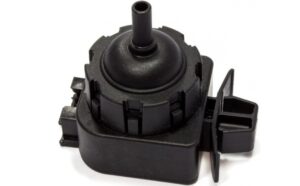 Suddenly, the dishwasher may begin to not add water or, on the contrary, to collect an excessive amount of it. The cause of the problem lies in the pressure switch, which is responsible for the level of water intake. If it has stopped sending a signal to the dishwasher control board, then this may be the first step towards a breakdown. Today we will tell you how to check the pressure switch of a dishwasher yourself.
Suddenly, the dishwasher may begin to not add water or, on the contrary, to collect an excessive amount of it. The cause of the problem lies in the pressure switch, which is responsible for the level of water intake. If it has stopped sending a signal to the dishwasher control board, then this may be the first step towards a breakdown. Today we will tell you how to check the pressure switch of a dishwasher yourself.
How to understand that the sensor is acting up?
Even before checking, you can determine that the pressure switch has begun to fail. This can be understood by the following signs.
- The dishwasher overfills or does not add water to the tank;
- There is no water supply;
- After collection, the water is drained;
- The machine stops working with the system filled, but does not start draining the water;
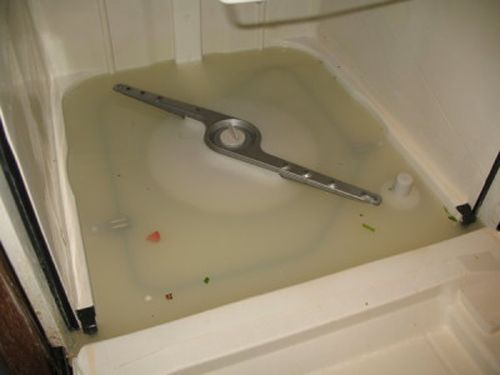
Why do these problems occur? There may be several reasons. Perhaps the sensor element has broken, its contacts have been broken, the wiring has burned out, or detergent or food debris has gotten into the pressure hose, causing it to become clogged.
Therefore, even if you have all the listed signs, it is not a fact that the pressure switch is broken. You can only check the element using detailed diagnostics, which will require partially disassembling the dishwasher.
Finding and checking the sensor
To check the pressure switch of a dishwasher, you must first disassemble it. At the same time, you should be prepared for the fact that the location of the element may vary depending on the dishwasher model. It is usually located at the bottom of the housing, next to the circulation pump. To get to it, strictly follow the instructions.
- Completely disconnect the dishwasher from the electrical outlet and water supply.
- Place the machine on the back wall of the case.
Water may spill out of the machine, so before putting it down, place some cloths on the floor.
- Remove all screws to remove the cover, or unfasten the cover latches if your model has it secured this way.
- If a float switch is attached to the pan, disconnect its wiring and then remove the mount.
- Now the plastic box from which the tube comes out will become accessible. Use pliers to disconnect the tube from the reservoir.
First, inspect the tank to see if there are any blockages in it. To mechanically check the pressure switch, you need to blow into the pressure sampling tube. If after a few seconds quiet clicks are heard from the pressure switch, then the switch has worked and the device is working properly.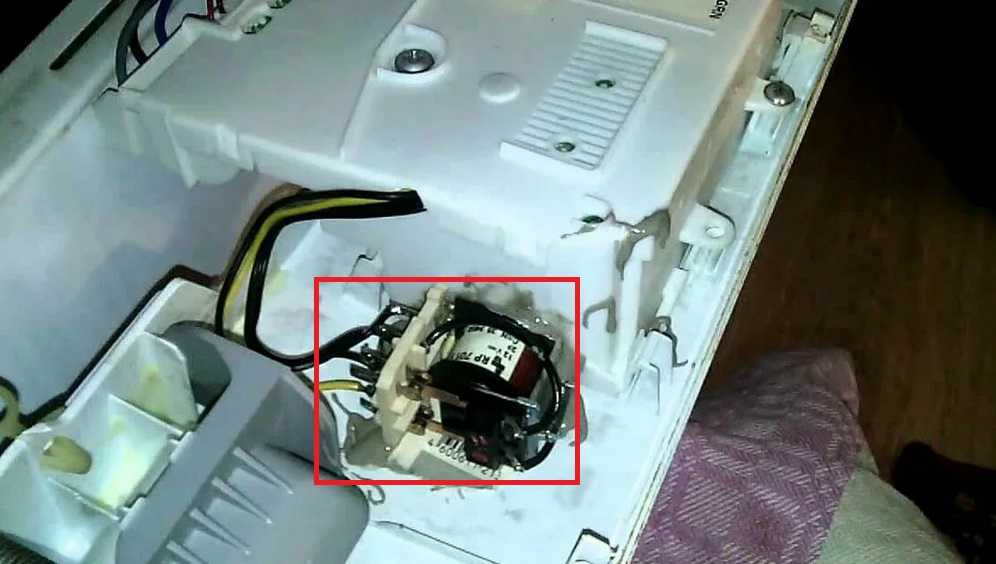
To check the electronic part we need a multimeter. It is necessary to connect the probes of the device to the contacts of the pressure switch, and if the readings drop to zero, then everything is normal. If not, then the part should be replaced. You can also now disconnect all the contacts and the tube, which also needs to be checked for blockages. If necessary, replace faulty machine elements.
To ensure your dishwasher lasts a long time, buy only original replacement parts made specifically for your model.
Assembly is carried out according to the same instructions in reverse order. In the communications connection field, it is necessary to conduct a test to check the functionality of the device, as well as the correct assembly and configuration. If the dishwasher again begins to draw in sufficient water and wash dishes effectively, this means that the problem has been fixed.
It is much easier to troubleshoot problems before a serious breakdown occurs on your own than to spend money on repairs later. Follow all operating rules, carry out diagnostics from time to time, and also clear the drain of blockages at least several times a month.
Interesting:
Reader comments
- Share your opinion - leave a comment




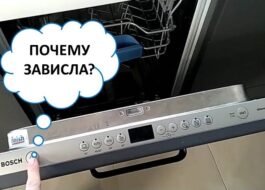

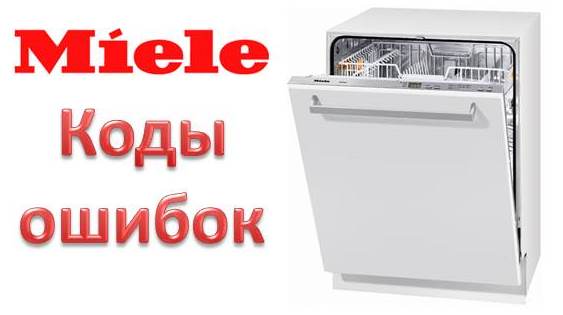














Add a comment